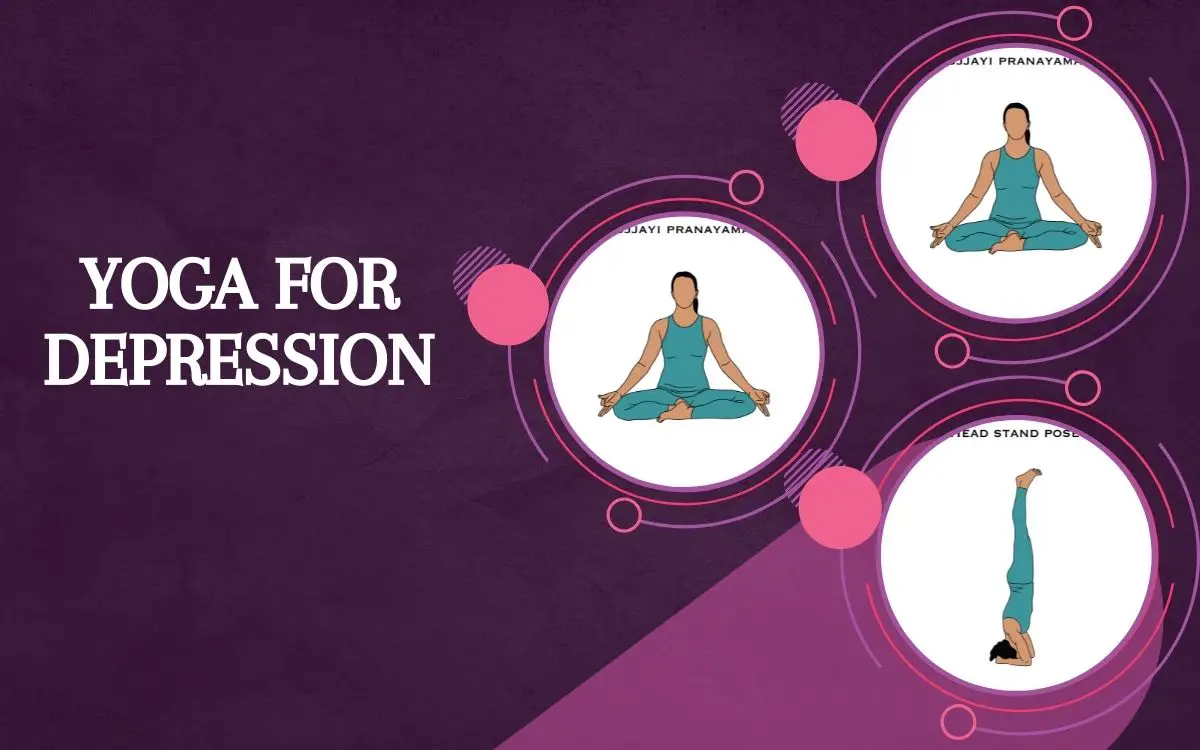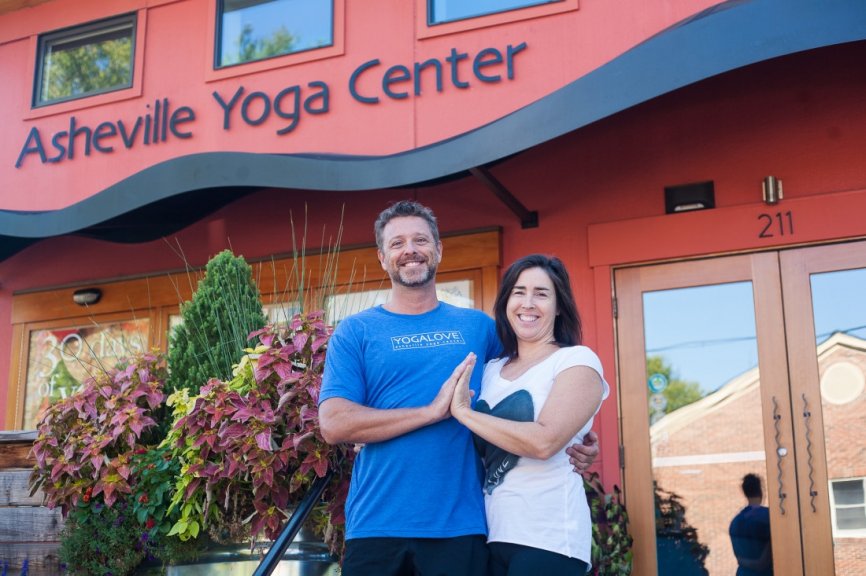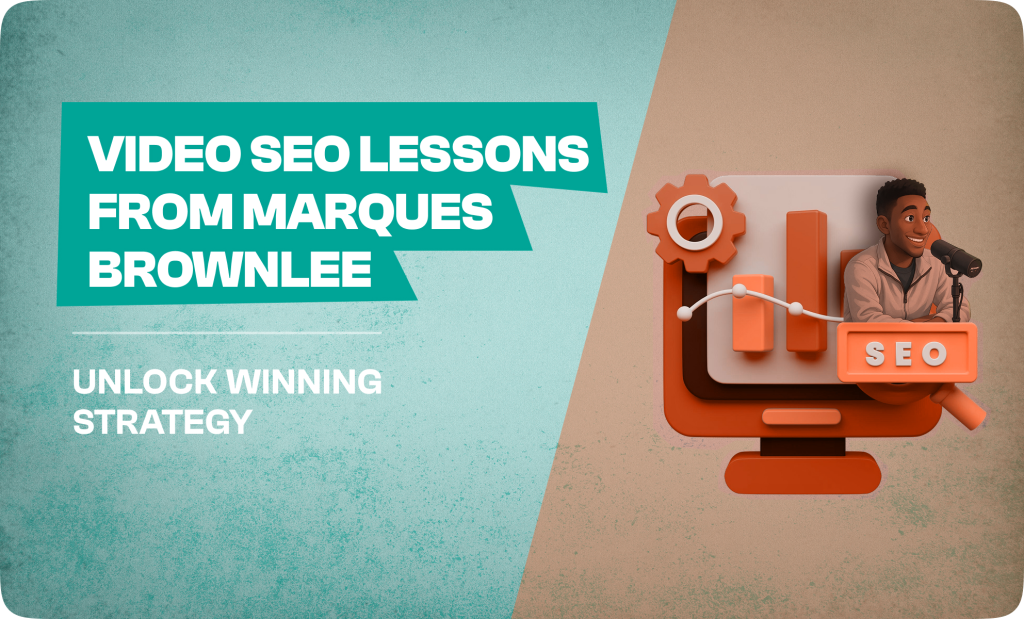How I Found my True Self in the Space Between my Thoughts
“I am not my thoughts, emotions, sense perceptions, and experiences. I am not the content of my life. I am Life. I am the space in which all things happen. I am consciousness. I am the Now. I Am.”...


“I am not my thoughts, emotions, sense perceptions, and experiences. I am not the content of my life. I am Life. I am the space in which all things happen. I am consciousness. I am the Now. I Am.” ~Eckhart Tolle
Everything changed the moment I learned I was not my thoughts.
There I was, reading Eckhart Tolle’s A New Earth, when I read this line: “What a liberation to realize that the ‘voice in my head’ is not who I am. Who am I then? The one who sees that.”
I felt a shift. Wait, what?!? How can I not be my thoughts? Aren’t my thoughts who I am? They are in my head all day, every day. I thought they were what made me… me!
This mind-blowing moment hit me deeply. Right then and there, I changed. Once my mind was out of the way, my true self emerged.
For nearly forty years, I lived on autopilot. I did not like a lot of the thoughts in my head, but I had no idea that I had control over them. Instead, I cringed, tried to push them away, distracted myself by staying busy, and worked hard on my image and contributions to the world.
My deep, shameful secret was that no one would want to know me if they knew the mean thoughts I was ruminating on in my head. I felt like a truly awful person deep down. Whoa. I am so sorry, past self, that you lived like that. I hold you in love. Deep love.
Separating me and my thoughts has become my daily practice. I remember the first time I was able to dialogue with my thoughts. Weeks after reading that mind-blowing passage, I accidentally spilled the contents of my vacuum cleaner on the kitchen floor.
“You’re stupid. What a mess. What a waste of time. Look what you did.” These mean words flew through my mind. I sat in the middle of the floor and put my hand on my heart.
“Who is saying that?” I asked.
A swirl of dark energy inside and around me got tighter and darker and meaner as it growled, “Me.”
“What is your purpose?” I asked with a mix of curiosity and fear.
“To keep you in line,” it sneered.
“In line with what?” I asked.
“You’re such a failure. You don’t know how to do anything right,” it continued.
The swirl tightened, and I kept my hand on my heart to protect myself.
“What do you want me to know?” I asked.
“I have to keep you safe,” it said.
“Who are you keeping safe?” I asked.
Immediately, an image of myself, age eight, appeared in my mind’s eye. She was sad, sitting on the floor in the front hallway of my childhood home. My parents were at work, and my babysitter refused to do her hair before school. She had decided that at eight I was old enough to do my hair before school. This left me confused, sad, and lonely.
“Oh, honey,” I felt my heart open to her. “What do you need?”
She looked at me through tears and said, “Can you do my hair?” In my mind’s eye, we moved in front of the hallway mirror as I combed her hair and put it into pigtails.
“I see you and I love you,” I told her. She looked relieved and smiled tentatively from the corner of her mouth.
I felt my love pouring into her, and the dark swirl lifted, hovering nearby before leaving my energy field.
As I processed this interaction with this fear of failure part that was protecting my sad inner child, I was able to stay in my conscious, healthy adult mind and release that inner voice.
I know that the critical, egoic part came online to protect my inner child from feeling sadness and loneliness. As children, rather than judge or dismiss our caregivers as wrong, we blame ourselves, and that is what my younger self did until I reparented her. I assumed I was wrong for asking my babysitter to do my hair instead of recognizing that her neglect wasn’t my fault.
Now, when I make a mistake or spill something, I do not hear that mean voice as strongly. If it comes up, I know how to dialogue with it.
I have come a long way since I spilled the vacuum cleaner contents. The mean voice that once dominated my thoughts has lost its power.
The most profound lesson I have learned is this: We are not our thoughts. We are the awareness of them, the consciousness that observes and chooses them. This knowledge allows me to step out of the stream of negative self-talk and into the spaciousness of the present moment.
I invite you to try this. The next time you make a mistake or face a challenge, pause. Notice the thoughts that arise, but do not latch onto them. Instead, ask yourself, “Who is saying that?” In that space of awareness, you might discover, as I did, old beliefs that are ready to morph and an inner child just waiting to be noticed.
See a typo or inaccuracy? Please contact us so we can fix it!

 Konoly
Konoly 





























